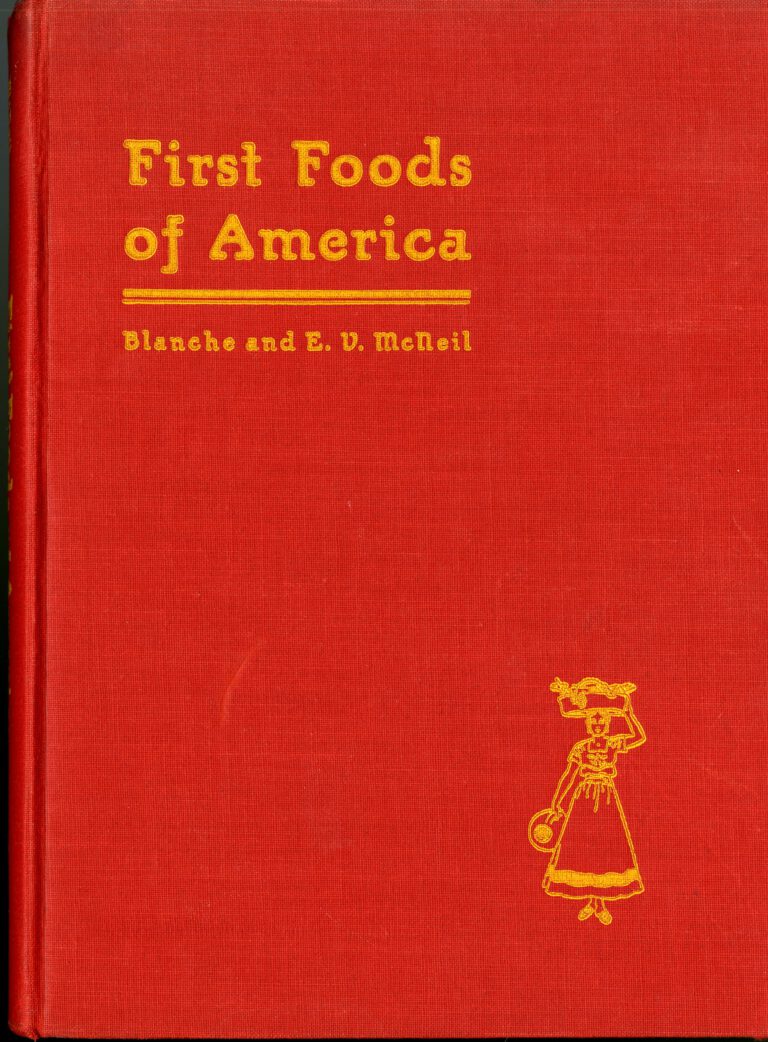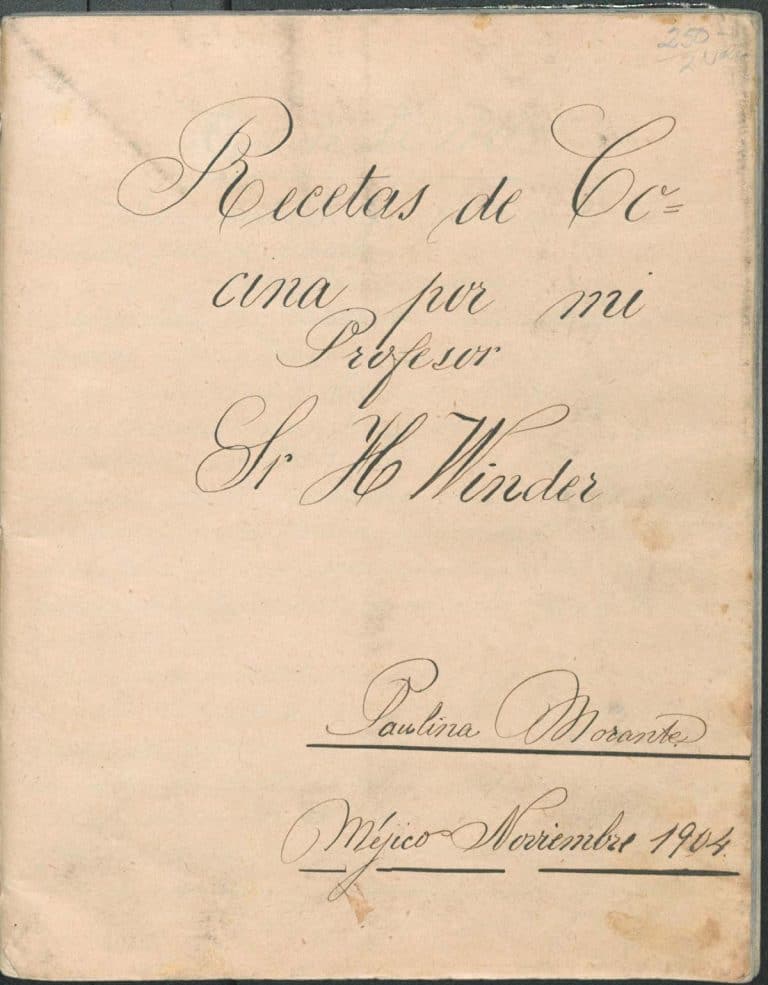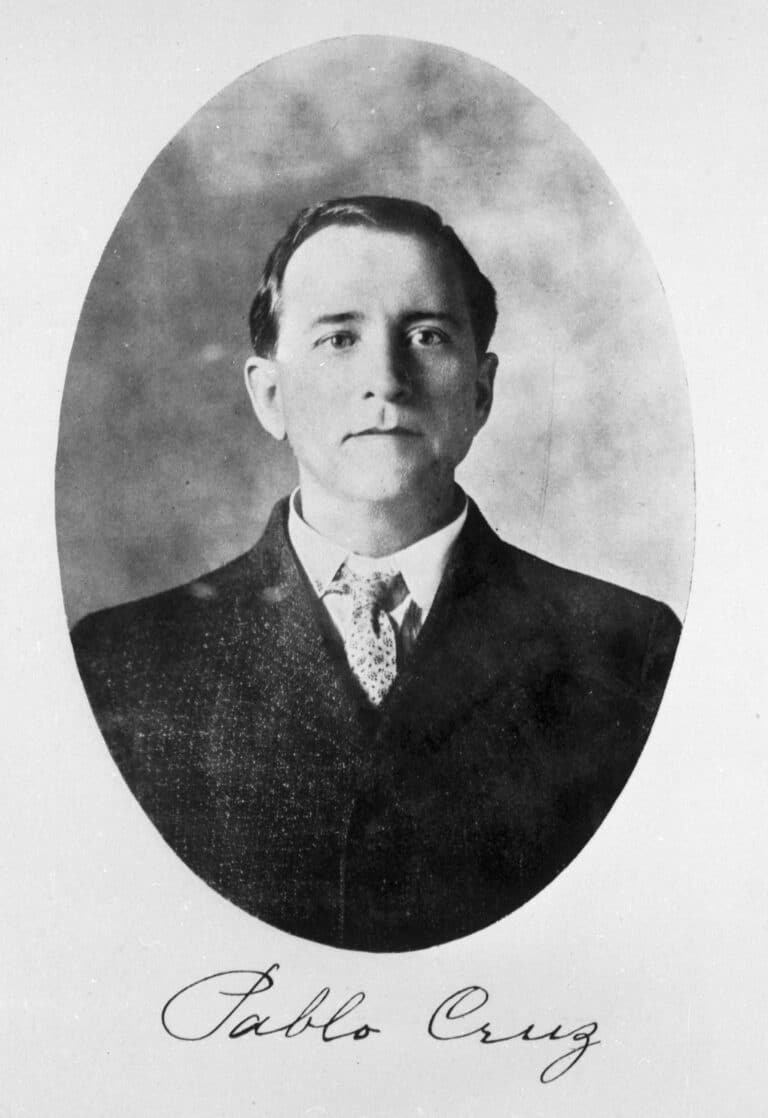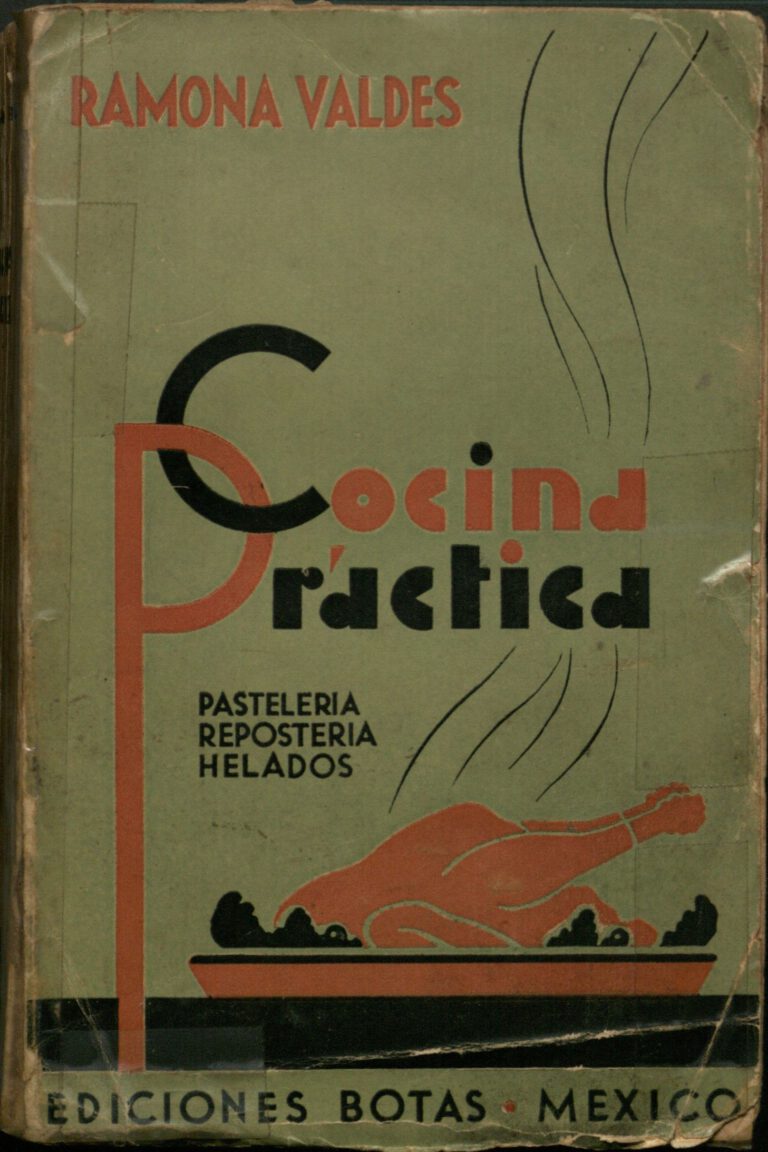Almanaque Dulce 1937: Helados and Nievas for an Icy Month
Unión Nacional de Productores de Azúcar (Mexico). Almanaque Dulce. México, D.F. : Azúcar, S.A. [TX819.S94 .A4435]

Sugar is the most commonly used sweetener in cooking and baking throughout the world, valued for its ability to enhance and add interest to other staple foods, for the diverse ways in which caramelizing or inverting sugar produces new flavors and appearances, and for its antimicrobial effects in food preservation. [1]
Originally from Asia, sugarcane thrived in the New World . And although sugar beets began to compete with sugarcane in the 20th century, Mexico has continued to be one of the top sugar producers in the world. Throughout the 20th century, the Unión Nacional de Productores de Azúcar played an important role in promoting the sugar industry and sugar consumption in Mexico. Beginning in the 1930s, the organization published an almanac each year. Its contents varied widely over the following decades, but usually included at least some information about the sugar industry (sometimes with graphs), calendar pages indicating holidays and saints’ days, advertisements (ranging from sweetened condensed milk to beer and lottery tickets), and (of course) recipes for sweets and desserts.
1937 is the earliest volume held in UTSA’s Mexican Cookbook Collection. Its opening pages include a number of very technical looking graphs documenting changes in the price and consumption of sugar preceding 6 single-page monthly calendars (the latter 6 months of the year are at the end of the book) and several chapters of sweet recipes. January is perhaps not the ideal time to make ice cream, but this volume contains so many delightful ices and sorbets that it would be a shame not to share them. Who could resist Joan of Arc Ice Cream? Perhaps readers can bookmark this post and revisit it again in July!

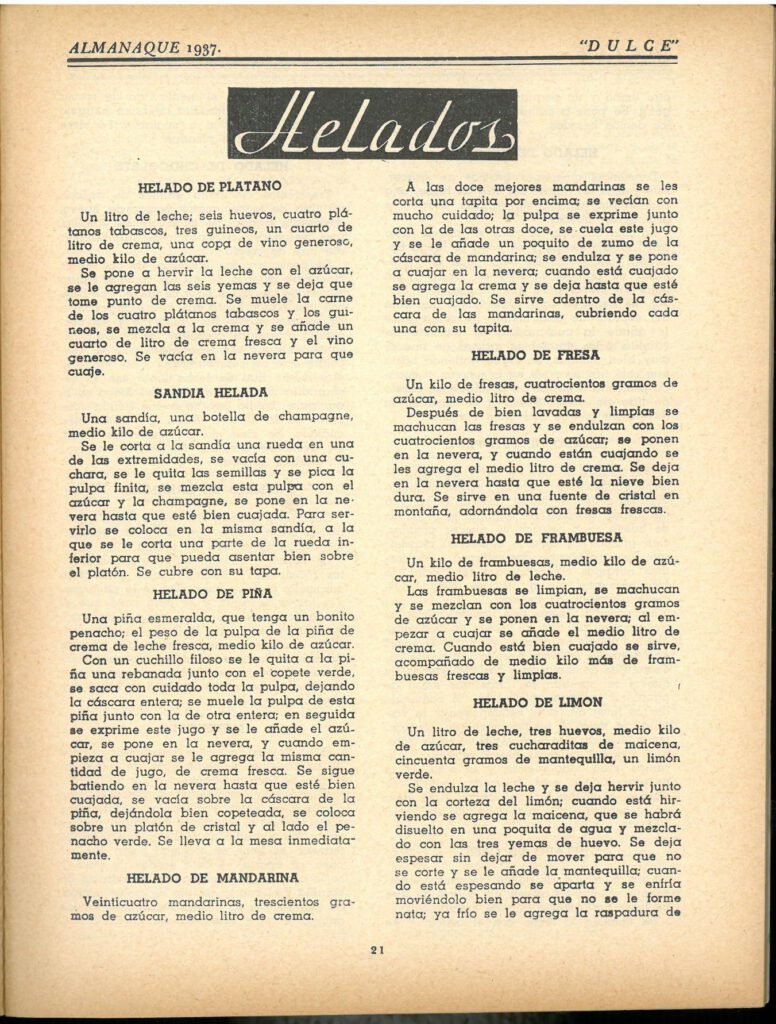
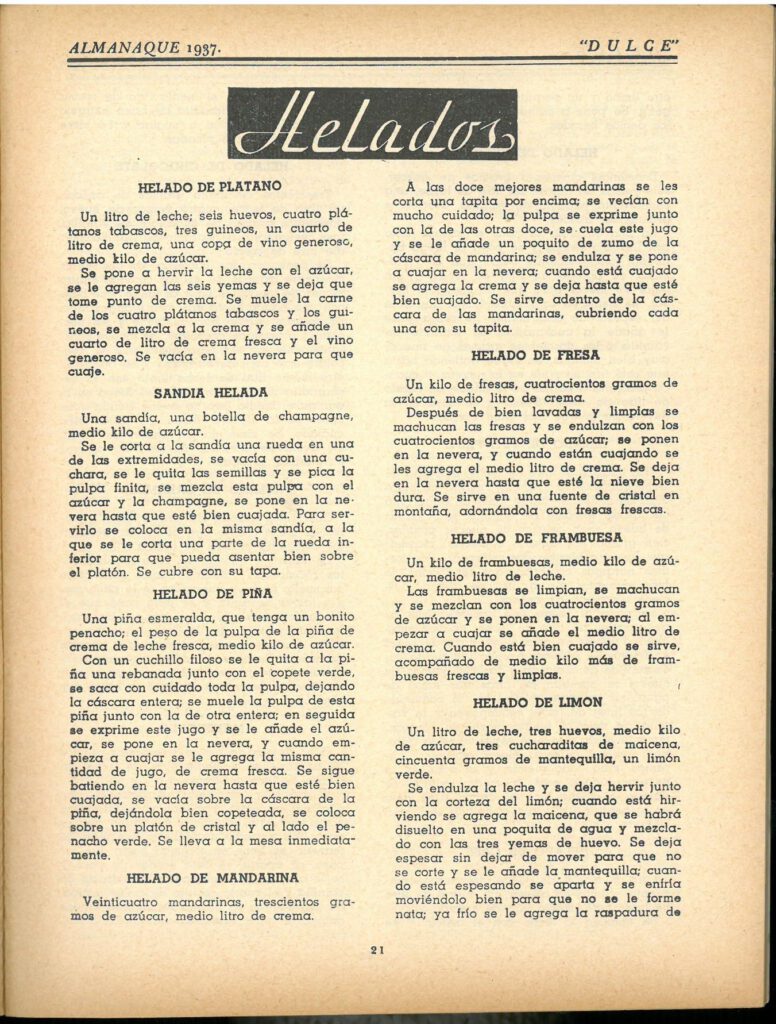
[1] Weaver, William Woys, and Solomon H. Katz. Encyclopedia of Food and Culture. New York: Scribner, 2003. eBook Collection (EBSCOhost), EBSCOhost (accessed December 11, 2014).

